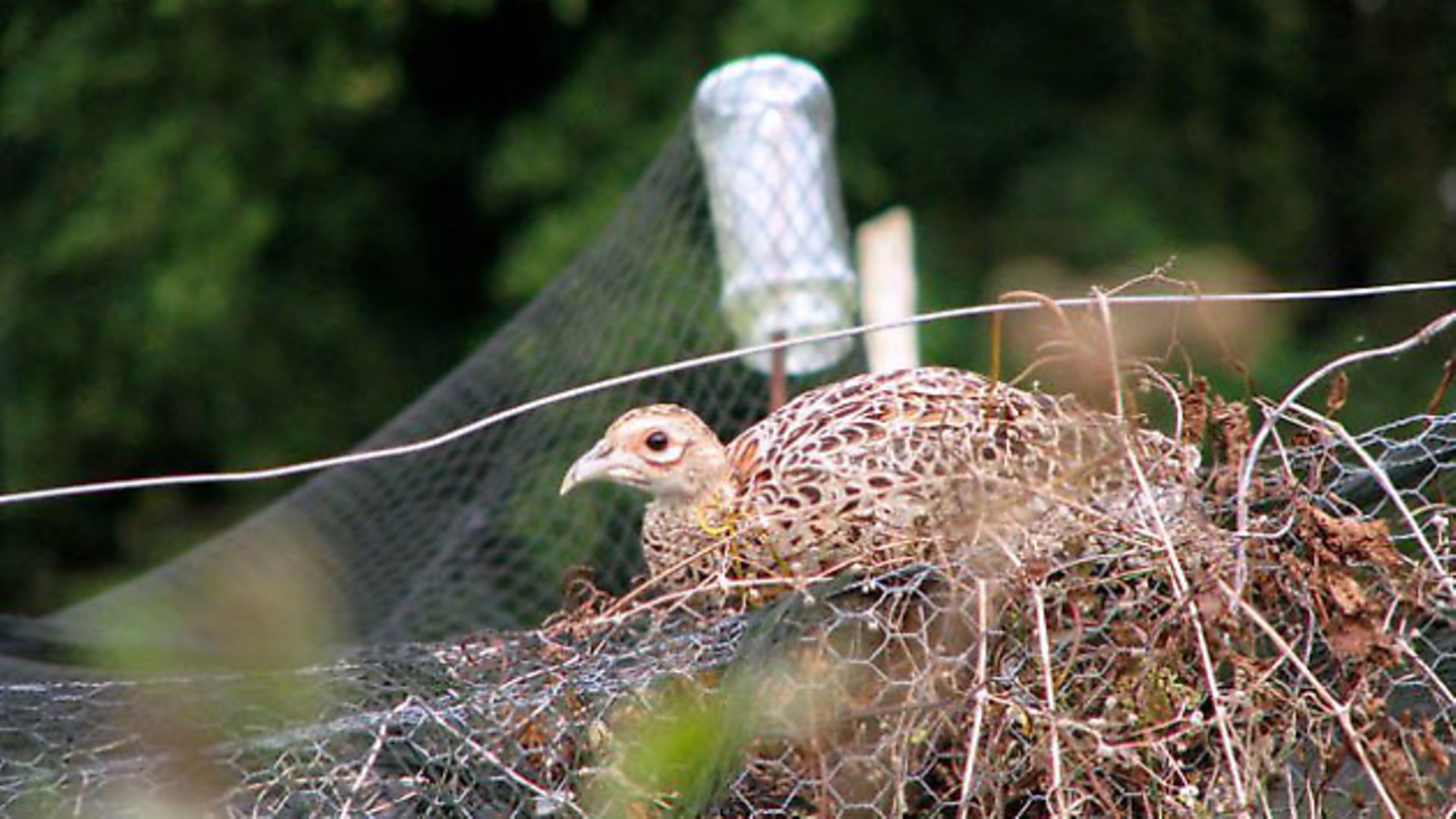Find out which diseases your gamebirds are most at risk from, and discover the benefits of having a dedicated gamebird vet
 credit: Archant
credit: Archant
Why should you register with a gamebird vet?
• The vet can provide swift, accurate diagnosis and treatment of game bird diseases and other ailments
• It will be essential in the future; to obtain in-feed prescriptions and medications, you will need to be registered with a vet that knows and has visited your shoot
• The vet will be able to help and advise you in any shoot inspections
• They can work with you to create a flock health plan, including regular record keeping, all of which will improve your flock health and aid in shoot inspections
• They can conduct an assessment of the pens and infrastructure and advise keepers on minimising the risk of disease, and even advise on labour and cost-saving methods if preventative medications are required
• Vets specialising in gamebirds are better placed to provide the above services and can often be more cost effective than vets in other fields with higher overheads
 credit: Archant
credit: Archant
Which diseases are your birds most commonly at risk from?
• Hexamita – Parasite found in the intestine. Present in healthy birds in low numbers. Can multiply and cause problems when the bird becomes stressed. Affects birds from 3 weeks of age.
Symptoms - Birds become lethargic and produce yellow, frothy diarrhoea. Rapid weight loss coupled with poor food intake will often result in death. The breast-bone becomes more prominent as a result of the weight loss.
Treatment – Limited since the loss of Emtryl (a drug previously used to treat the condition). Prevented by good, rigorous management practises. Electrolytes and glucose have been beneficial in some cases to supply some nutrients when feed absorption and gut functionality are at a low. Tetracylines can be effective in reducing bacterial growth in the gut.
• Coccidiosis – Organism found wherever poultry or game birds are kept. Usually seen in young birds.
Symptoms - Weight loss, lethargic, failure to feed, dehydration, death (which can be very quick). Other symptoms include hunching and ruffling with yellow diarrhoea.
Treatment – Early diagnosis essential. Post mortem examination of ill live birds is usually recommended. Treatment is very limited but, if diagnosed early enough, toltrazuril and amprolium have been shown to be effective.
 credit: Archant
credit: Archant
• Trichomoniasis – A similar organism to hexamita. Usually seen in warm weather and particularly in stressed birds.
Symptoms – Also similar to hexamita… birds will stop feeding, lose weight rapidly, and produce yellow frothy droppings.
Treatment – Multivitamins, electrolytes and glucose can help to reduce losses. Good management practises can help to prevent infection and spread. As with hexamita, tetracylines can be used to reduce bacterial growth in the gut.
• Less common diseases include – Brachyspira, sarcina, various bacterial diseases and mycoplasma